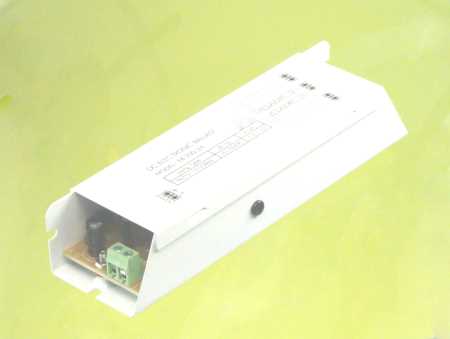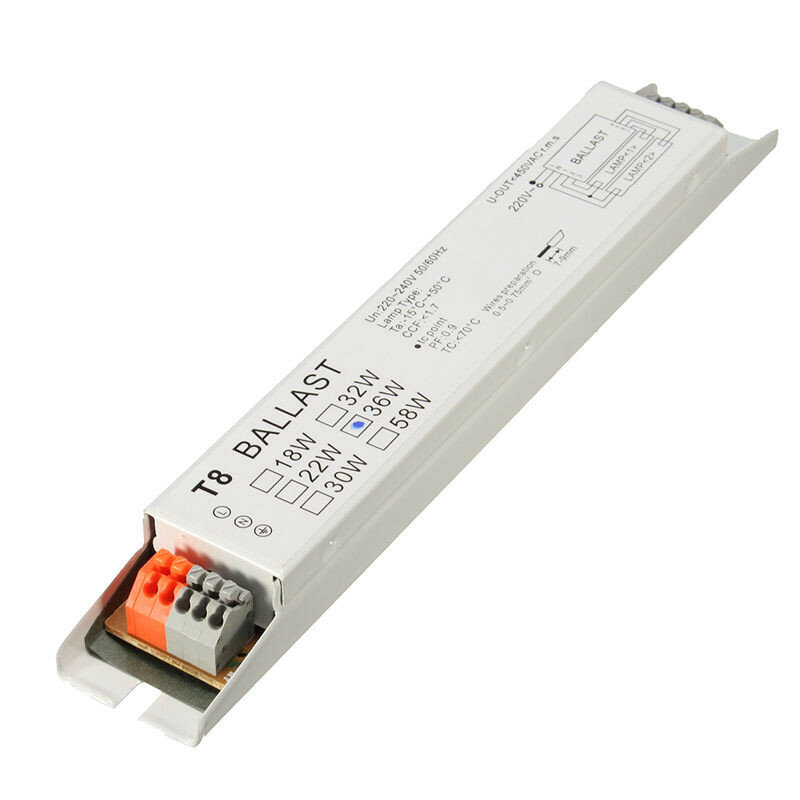Though this makes them energy efficient it also shortens their life as the surge of voltage every time they re switched on damages them over time.
Fluorescent light ballast output voltage.
Some are rated for only 120 volts others for only 277 volts used in commercial environments.
Fluorescent lamps use a ballast which transforms line voltage to a voltage to start up and operate the lamp s.
The ballast provides enough voltage to start the fluorescent bulbs and once they are started it quickly lowers the current to produce just enough electricity to produce a steady light source.
Providing the proper voltage to establish an arc between the two electrodes.
If your working voltage is 110 volt and the voltage required for.
Rather than pre heat the electrodes the ballast uses a high voltage boost around 600 volts to heat and light the filaments and then the mercury gas.
Newer fluorescent ballasts are usually rated for both 120 volts and 277 volts.
The amount of illumination in the fluorescent bulb is controlled by a ballast that is connected to the fixture.
Regulating the electric current flowing through the lamp to stabilize light output.
In all fluorescent lighting systems the ballast s basic tasks include.
The flicker index used for measuring perceptible light modulation has a range from 0 00 to 1 00 with 0 indicating the lowest possibility of flickering and 1 indicating the highest.
The high output frequency of an electronic ballast refreshes the phosphors in a fluorescent lamp so rapidly that there is no perceptible flicker.
Cfls for the home have a built in ballast at the base of the bulb.



























